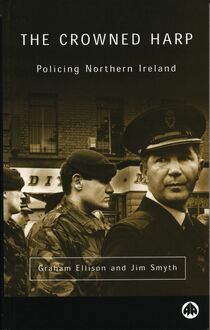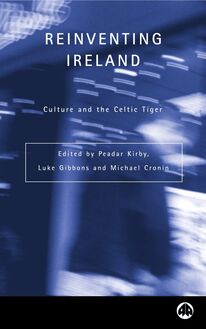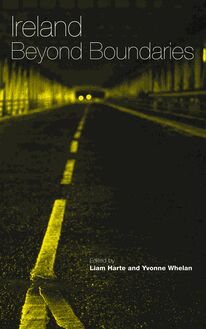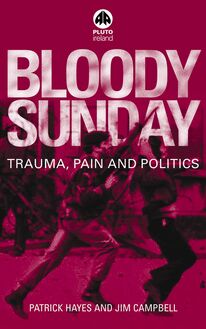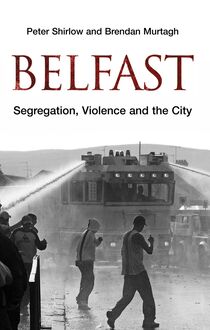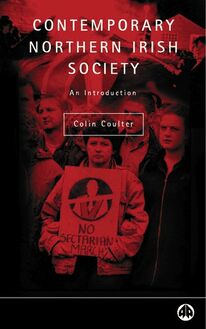Northern Ireland's Troubles , livre ebook
238
pages
English
Ebooks
1999
Obtenez un accès à la bibliothèque pour le consulter en ligne En savoir plus
Découvre YouScribe en t'inscrivant gratuitement
Découvre YouScribe en t'inscrivant gratuitement
238
pages
English
Ebooks
1999
Obtenez un accès à la bibliothèque pour le consulter en ligne En savoir plus
Publié par
Date de parution
20 mars 1999
Nombre de lectures
0
EAN13
9781849640275
Langue
English
Poids de l'ouvrage
1 Mo
Introduction
Part One CONTEXT
1 Northern Ireland, a state in conflict
2 Understanding Political Violence in Northern Ireland
3 Economic and Social Aspects of the Troubles
Appendix 1: Pen Pictures of the Protagonists
Appendix 2: A Chronology of Key Events
Part Two THE HUMAN COST OF THE TROUBLES
4 Profiling Those Who Died in Northern Ireland's Troubles
5 Patterns of Violence
6 Victims and Perpetrators
7 Half the Battle: the Impact of the Troubles on Children
8 Conclusions and Next Stops
References
Index
Publié par
Date de parution
20 mars 1999
Nombre de lectures
0
EAN13
9781849640275
Langue
English
Poids de l'ouvrage
1 Mo
